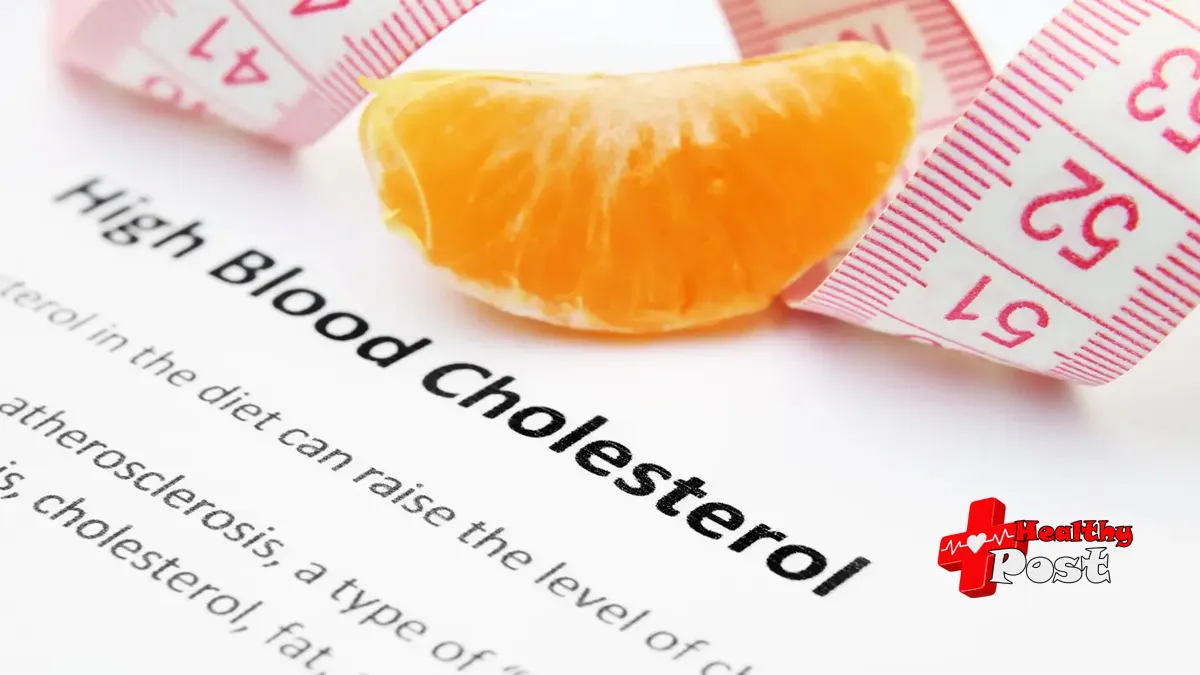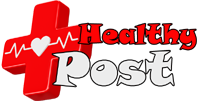
What to do about high cholesterol medication? Three types of medications are available!
In blood lipid tests, we usually pay attention to four indicators, namely total cholesterol, triglycerides, high-density lipoprotein cholesterol , and low-density lipoprotein cholesterol. In this article we will discuss some high cholesterol medication.
Dyslipidemia can be diagnosed when the following indicators are met:
Total cholesterol (TC) ≥6.2mmol/L;
Triglyceride (TG) ≥ 2.3 mmol/L;
High-density lipoprotein cholesterol (HDL-C) <1.0 mmol/L;
Low-density lipoprotein cholesterol (LDL-C) ≥4.1mmol/L.
Among them, TC ≥ 5.2mmol/L and LDL-C ≥ 3.4mmol/L are defined as borderline elevated, and patients are reminded to strengthen blood lipid testing.
Many friends will find that only their total cholesterol is elevated, or accompanied by a simultaneous increase in low-density lipoprotein cholesterol, when undergoing blood lipid tests, while the levels of triglycerides and high-density lipoprotein cholesterol are normal. We call this situation hypercholesterolemia.
What are the commonly used drugs to treat hypercholesterolemia?
In clinical practice, there are three main types of drugs commonly used to treat hypercholesterolemia:
The first category involves statins
Which reduce cholesterol synthesis . Approximately 70% of cholesterol in the human body is synthesized internally, while approximately 30% is absorbed from food. Therefore, even without consuming cholesterol-containing foods, liver cells can still synthesize cholesterol from nutrients such as sugars and fatty acids, under the action of hydroxymethylglutaryl-CoA reductase . Statins primarily inhibit the activity of hydroxymethylglutaryl-CoA reductase, blocking the synthesis pathway of endogenous cholesterol in the human body. This reduces endogenous cholesterol synthesis and lowers blood lipids.
The second category is ezetimibe
Which inhibits cholesterol absorption . If statins cannot effectively control hypercholesterolemia, ezetimibe can be added. Ezetimibe is relatively safe, and common adverse reactions include diarrhea, abdominal pain, gastrointestinal bloating, fatigue, etc. Most of these adverse reactions will disappear on their own as the medication duration increases, so there is no need to worry too much. However, since ezetimibe is often used in combination with statins, the combined use may cause transaminases to rise to more than three times the normal value, rhabdomyolysis leading to myalgia, and elevated phosphocreatine kinase test values. At this time, the drug needs to be discontinued.
The third category, PCSK9 inhibitors
That increase cholesterol clearance , are clinically known as evolocumab injection and can also have a positive therapeutic effect. Evolumab injection is primarily used to treat hypercholesterolemia and related cardiovascular diseases, and can reduce the risk of myocardial infarction, stroke, and coronary revascularization in patients with atherosclerotic cardiovascular disease.
In addition to medication, patients with hypercholesterolemia should also pay attention to diet control. Although only about 30% of the body’s cholesterol comes from food absorption, avoiding excessive intake of high-cholesterol foods can also reduce the concentration of cholesterol in the blood to a certain extent.
Generally speaking, animal foods contain high cholesterol levels, such as fatty meats, animal offal, egg yolks, and cow brains. For example, a 100g egg can contain around 200mg of cholesterol. While 100g of brain can contain over 2000mg of cholesterol. Therefore, if you want to reduce your cholesterol intake, you should first limit your intake of these animal foods.
Of course, limiting the intake of animal foods does not mean that all animal foods should be restricted. Because animal foods can provide the human body with a large amount of trace elements and minerals.
Among animal foods, fish is recommend as the first choice. The second choice is poultry, which also has a relatively low cholesterol content; then beef and mutton.

